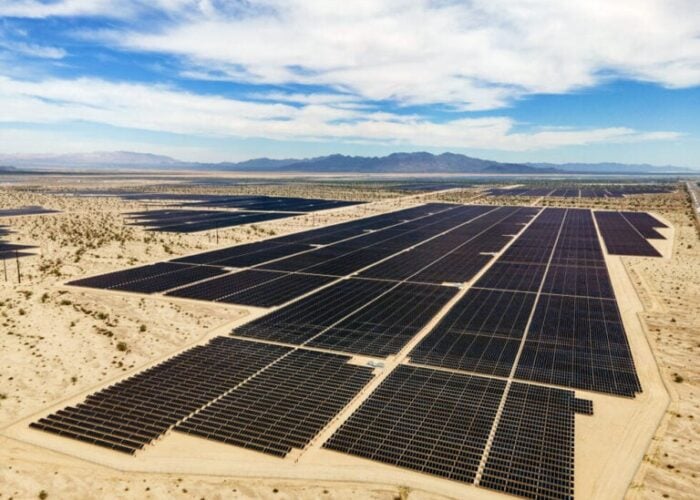Thin-film producer, Solar Frontier has produced a CIS solar cell with a record conversion efficiency of 20.9% at the Atsugi Research Center, Japan in collaboration with the New Energy and Industrial Technology Development Organization (NEDO).
Using sputtering-selenization process, which is Solar Frontier’s deposition method of choice at its volume production facilities, researchers achieved the 20.9% conversion efficiency on a 0.5cm2 CIS cell, verified by the Fraunhofer Institute ISE.
Try Premium for just $1
- Full premium access for the first month at only $1
- Converts to an annual rate after 30 days unless cancelled
- Cancel anytime during the trial period
Premium Benefits
- Expert industry analysis and interviews
- Digital access to PV Tech Power journal
- Exclusive event discounts
Or get the full Premium subscription right away
Or continue reading this article for free
“Solar Frontier’s new 20.9% efficiency record resulted from a CIS cell cut from a 30cm by 30cm substrate produced using a sputtering-selenization formation method, the same method we use in our factories,” said Satoru Kuriyagawa, chief technology officer of Solar Frontier. “The significance is twofold: it ensures we can transfer our latest achievement into mass production faster, and it proves the long-term conversion efficiency potential of Solar Frontier’s proprietary CIS technology. Solar Frontier has entered into the next phase in the development of CIS technology, and we look forward to building on this achievement and driving our efficiency even higher.”
The latest record results surpass Solar Frontier’s previous CIS cell record of 19.7%.






